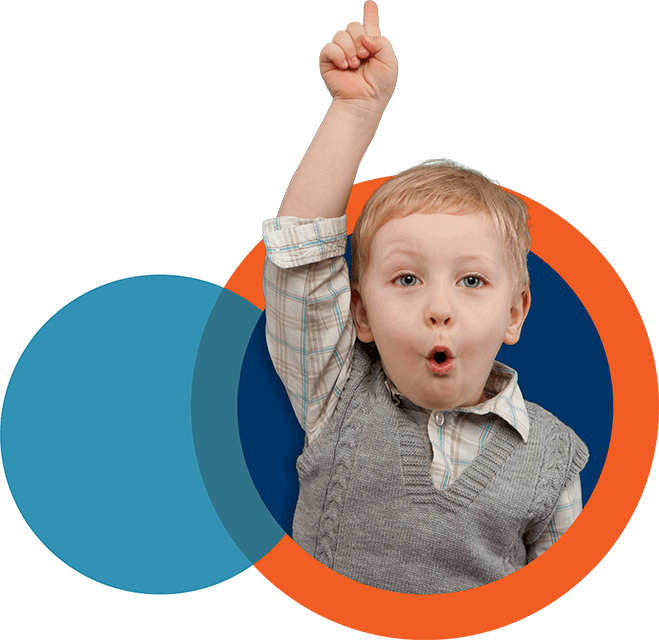What is autism?
Autism spectrum disorder is a condition that impacts the way a person behaves, socializes, or interacts with others. It used to be broken down into different disorders such as Asperger’s syndrome. It’s now treated as a condition with a wide-ranging spectrum of symptoms and severity.
While it’s now called autism spectrum disorder, many people still use the term “autism.”
There’s no cure for autism, but several approaches can help to improve social functioning, learning, and quality of life for both children and adults with autism. Remember that autism is a spectrum-based condition. Some people may need little to no treatment, while others may require intensive therapy.


It’s also important to keep in mind that a lot of the research about autism treatment focuses on children. This is largely because existing researchTrusted Source suggests that treatment is most effective when started before age 3. Still, many of the treatments designed for children can help adults as well.
Every child or adult with autism has unique strengths and challenges, so there is no one size fits all approach to autism treatment and intervention. Each autism intervention or treatment plan should be tailored to address the person's specific needs.
Intervention can involve behavioral treatments, medicines or both. Many people with autism have additional medical conditions such as sleep disturbance, seizures and gastrointestinal (GI) distress. Addressing these conditions can improve attention, learning and related behaviors.
Types of Treatments
There are many different types of treatments available. For example, auditory training, discrete trial training, vitamin therapy, anti-yeast therapy, facilitated communication, music therapy, occupational therapy, physical therapy, and sensory integration.
The different types of treatments can generally be broken down into the following categories: